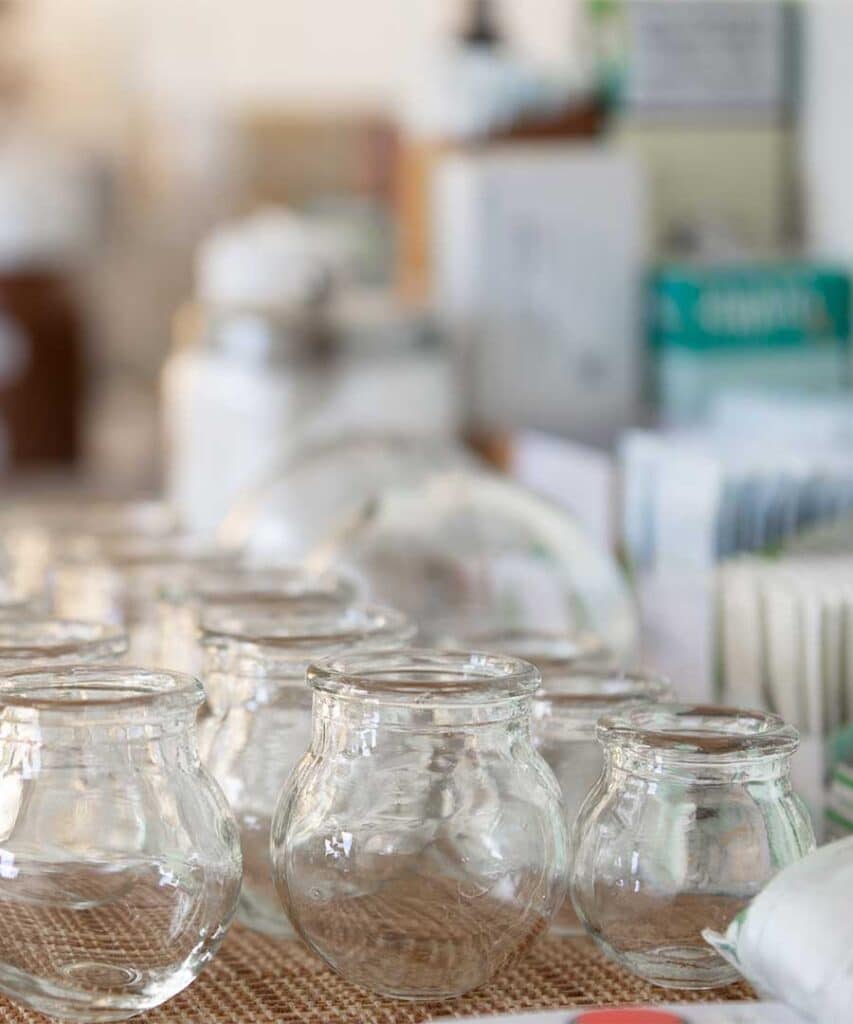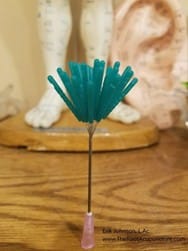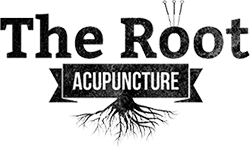Acupuncture

What do Acupuncture and Chinese Herbal Medicine (CHM) treat?
Chinese medicine has successfully treated many common health conditions for more than 2,500 years. It has passed through the ages in an unbroken lineage – used to promote longevity and life balance in the people that seek its treatments. The medicine isn’t directed toward a particular disease or condition, but it works instead by activating the body’s self-healing ability. For this reason, acupuncture and Chinese Medicine can help address a varied assortment of ailments including:
- various types of pain including back pain, neck pain, extremities pain, post-surgical pain, tendonitis, headaches, migraines, and more,
- various diseases including irritable bowel syndrome, Parkinson’s disease, fibromyalgia, Crohn’s disease, and more,
- the side effects of chemotherapy,
- all types of bodily issues such as diarrhea, constipation, colitis, hemorrhoids, digestive issues, and more,
- mental distress including PTSD, stress management, anxiety, depression, insomnia, and more,
- different types of infections including colds, flu, sinus infections, ear infections, coughs, allergies, and more,
and many, many other conditions!
Unlike many healthcare options in the United States, acupuncture and traditional Chinese Medicine focus on treating the root cause of the patient’s health problems. After all, symptoms are merely manifestations of an underlying malfunction and disease process. By addressing the main source of a person’s symptoms, acupuncture and Chinese Medicine truly help patients to overcome many ailments and sets them on a course for optimal health.
At The Root Acupuncture Clinic, we use a combination of both Eastern Medicine (Chinese Medicine/Acupuncture) and Functional Medicine to approach personalized patient health care from all available modalities – creating profound balance, harmony, and well-being in our patients. We recognize that the human body functions structurally, chemically, and bioenergetically. We specialize in musculoskeletal pain, gastrointestinal health, stress, and sleep, but are able to treat a wide variety of ailments.
“I am not a fan of needles. Does acupuncture hurt?”
This is the most common concern expressed by new patients and the fastest to be quickly alleviated. Great care is taken to ensure that patients experience little discomfort and about 90% of patients find that they will drift off or take a small nap during the treatment – you will feel that comfortable with acupuncture! We would commonly tell patients that some of our acupuncture needles are so thin that we could probably fit 30 of them in the head of a hypodermic needle. Well, we finally put that to the test as you can see for yourself – we ended up fitting 35 of them!
When performing acupuncture on our patients, each needle is inserted with a swift tap. This helps the needle quickly bypass the epidermal layer of skin where your pain receptors are located. This causes most patients to only feel only a small pinch (that dissipates almost as quickly as it appears), many others describe no sensation at all (other than feeling a tap on their skin). Other times when we are working on larger muscles/tendons, acupuncture can sometimes cause a small twitch from the muscle or a small ache to arrive in the area. Both of those sensations quickly dissipate and, as described before, patients drift into a calming parasympathetic “rest and digest” nervous system response that results in a nice relaxing nap.

We were able to fit 35 acupuncture needles into the head of a single hypodermic needle.
Benefits of Acupuncture
It is a Safe Way to Treat Many Conditions
When performed by a qualified acupuncturist, such as those at The Root Acupuncture, treatment of various conditions can be done with little or no risks or side effects. Most patients report no pain during needle insertion or while the needles remain in the body.
There are no Chemicals Involved
In functional medicine, the most common treatment for all ailments is some form of medical intervention, usually in the form of chemicals. Many of these have serious side effects. Acupuncture, on the other hand, has been used for centuries to treat many conditions by stimulating the body’s natural healing processes, without the use of chemicals. Traditional Chinese Medicine does not just treat the symptoms but the underlying imbalances of the body which improves our ability to fight off disease in the future.
Acupuncture for Pregnancy
Having a baby is a life-changing event. Unfortunately, today many couples struggle with their fertility. This can include medical-based issues to stress-related problems. Fortunately, acupuncture can help overcome many of these issues.
The purpose of acupuncture is to promote balance within the body by inserting acupuncture needles into specific points on the body that will improve energy flow, increase circulation, lower stress levels, and help regulate hormones. Unless there are serious underlying medical conditions that are preventing a couple from getting pregnant, it is helpful to start acupuncture as soon as possible before attempting to get pregnant. In addition to acupuncture, your provider may suggest dietary changes or supplements to enhance the possibility of pregnancy.
Reducing Stress
Stress is an everyday part of our lives. We experience stress constantly from issues with traffic to conflict with loved ones, to work concerns, to something as simple as misplacing our keys. Although these situations are stressful at the time, they generally pass, and you go on with your day. However, if stress starts to become more frequent and severe it can have a detrimental effect on your physical and mental health, relationships, and career.
Severe stress can:
- increase your blood pressure putting you at risk for high blood pressure, a heart attack or stroke,
- increase your cortisol level causing feelings of mental and physical fatigue and depression, and
- affect your digestion including nausea, diarrhea, or constipation, and eventually
- impact your immune system affecting your ability to fight infections.
Acupuncture can relieve stress and anxiety. Studies have shown that acupuncture can trigger the release of endorphins which relieves stress and calms nerves. It is possible for a single treatment to begin reducing your stress levels. During your session, acupuncture needles will be placed in carefully chosen spots along your meridians to open any blockages. You will be lying in a comfortable position while your session is happening, allowing it to be a painless and relaxing experience. After you can expect to feel calmer and more centered.
These are just a few of the benefits of acupuncture. To learn more, contact us here at The Root Acupuncture, serving clients in Lakewood, Wheat Ridge, and surrounding areas. We will be happy to answer any questions you may have.
